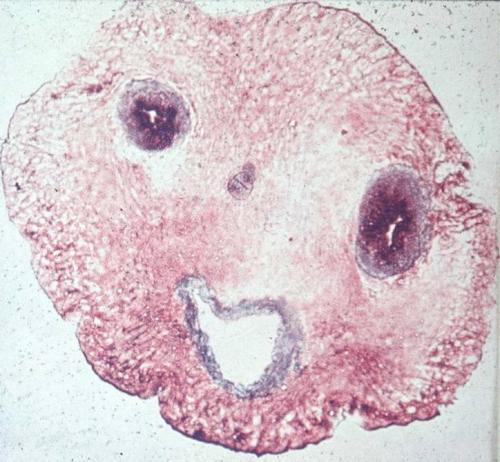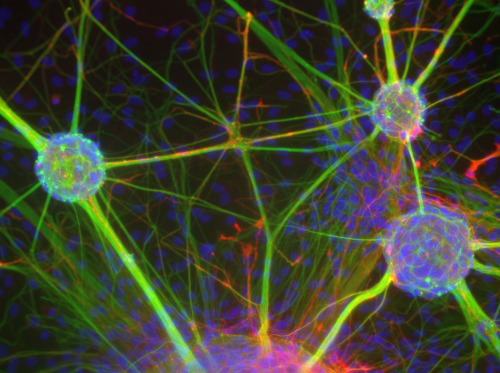Здорово! Читаю на http://www.biologynews.net/archives/2009/07/13/dnadamaged_cells_communicate_with_neighbors_to_let_them_know_theyre_in_trouble.html
When cells experiencing DNA damage fail to repair themselves, they send a signal to their neighbors letting them know they're in trouble. The discovery, which shows that a process dubbed the DDR (DNA Damage Response) also controls communication from cell to cell, has implications for both cancer and aging. The findings appear in the July 13 online edition of the Nature Cell Biology.
google_protectAndRun("render_ads.js::google_render_ad", google_handleError, google_render_ad);
When a cell experiences DNA damage, its first response is to try to repair the damage. If that doesn't work the cell, hopefully, either commits suicide or stops dividing, two intrinsic mechanisms for preventing cancer according to Judith Campisi, PhD, lead author of the study and a faculty member at the Buck Institute for Age Research. The discovery of the extracellular signaling mechanism, which sets off an inflammatory response, explains how unsuccessful DNA repair at the cellular level impacts tissues, which are the vital units of function in complex organisms like humans, she said.
"With regard to cancer, we found that if there is a mutant and potentially cancerous cell in the vicinity of the damaged cell, the signals from the damaged cell can encourage that mutant cell to behave more aggressively cancerous," said Campisi. "With regard to aging, we think the inflammatory signals from damaged cells propagate an aging 'field' whereby damage builds up over time, impacting not only the individual damaged cells, but the function of the tissue itself." When Buck scientists disabled particular proteins involved in the DDR, the cell-to-cell communication was cut off.
Buck Institute scientist Francis Rodier, PhD, led the team that did the research in the Campisi lab. He was surprised to find that even though the DDR signaling process was activated inside the cultured human cells within minutes of the DNA damage, it took 24 to 48 hours for the damaged cells to start secreting the inflammatory signals.
"We think the cell is giving itself time to repair its DNA before alerting the immune system that there's a problem," said Rodier. He added that scientists were also surprised to discover that the damage-induced communication signaling pathway bypasses a powerful tumor suppressor gene known as p53. That finding gives scientists a target to shut down the inflammatory process without hampering the activity of p53, which is essential to prevent cancer. It also explains why cancerous tumors are still able to secrete inflammatory signals when p53 has mutated and lost its tumor suppressing capabilities.
"Inflammation is a hallmark symptom of cancer," said Rodier. "Inflammation also promotes cancer, so this helps us begin to understand what's involved in that process."
The findings also help explain the aging process Campisi said. The immune system, which destroys damaged cells (such as skin cells whose DNA has been exposed to UV radiation), is not perfect, she said. "Damaged cells that survive the activity of the immune system are sending out continuous danger signals to surrounding cells. That constant alarm drives inflammation, which helps drive aging." Campisi added, "Now we have a target to focus on that could stop those damaged cells from sending out the inflammatory signals."
Source : Buck Institute for Age Research
14.07.2009
Клетки с повреждённой ДНК общаются между собой :)
Подписаться на:
Комментарии к сообщению (Atom)











0 +:
Dí lo que piensas...